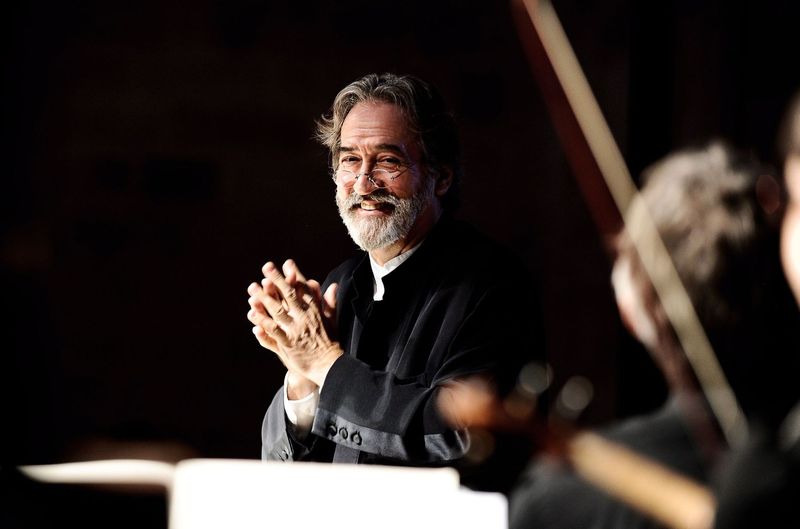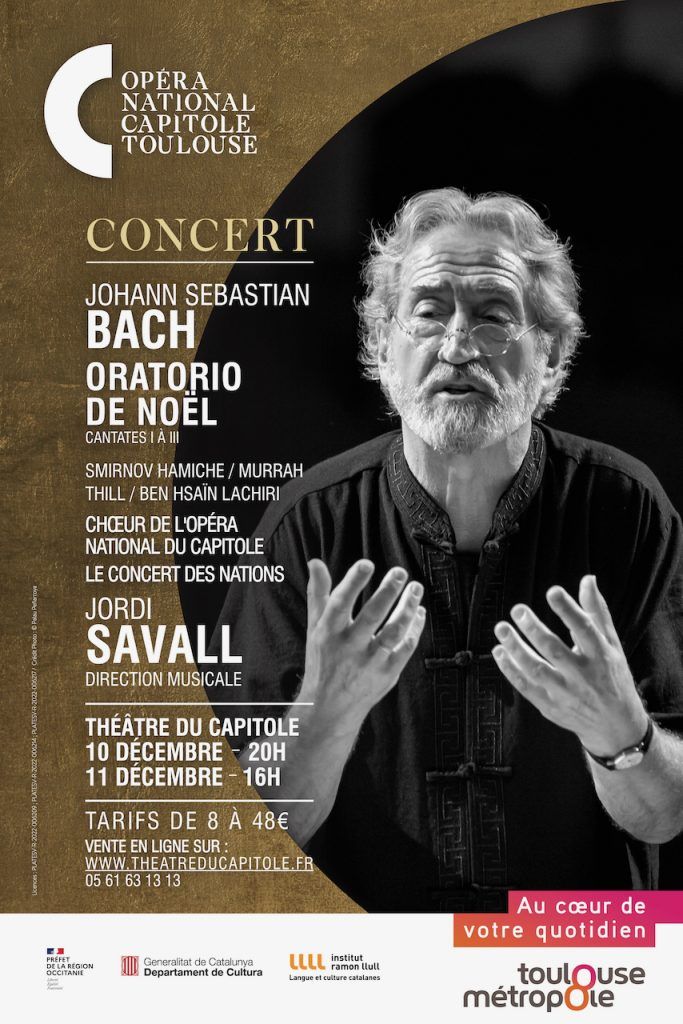It will be for Saturday December 10 at 8 p.m. and Sunday 11 at 4 p.m.Capitoline National Opera. He returns to us to interpret Johann Sebastian Bach, the Cantatas I, II and III of the’Christmas oratorio. It is with his whole the Concert of Nations and the Chorus of the Capitoline National Opera.
The man will tell you that you can’t make music without deeply believing in the mission of peace that it carries within it. This passion has a name: humanism.
Not content with having made us rediscover the viola da gamba, forgotten for so long, this conductor, record producer, pedagogue and researcher, this stubborn man with a thousand ideas has no equal in making repertoires speak in the present and musical genres from the depths of time.
Jordi Savall, was appointed in 2008, Ambassador of the European Union for intercultural dialogue and, then alongside Montserrat Figueras, “Artist for Peace” within the framework of the “Goodwill Ambassadors” program of Unesco. Now in his eighties, still an indefatigable treasure hunter, champion of rare and forgotten music, the conductor and gamba violist continues his quest for beauty and truth, a true messenger of all the old music he cherishes and makes so much more present. His very impressive musical career, which cannot be summed up in two lines, has been crowned with national and international awards and distinctions.
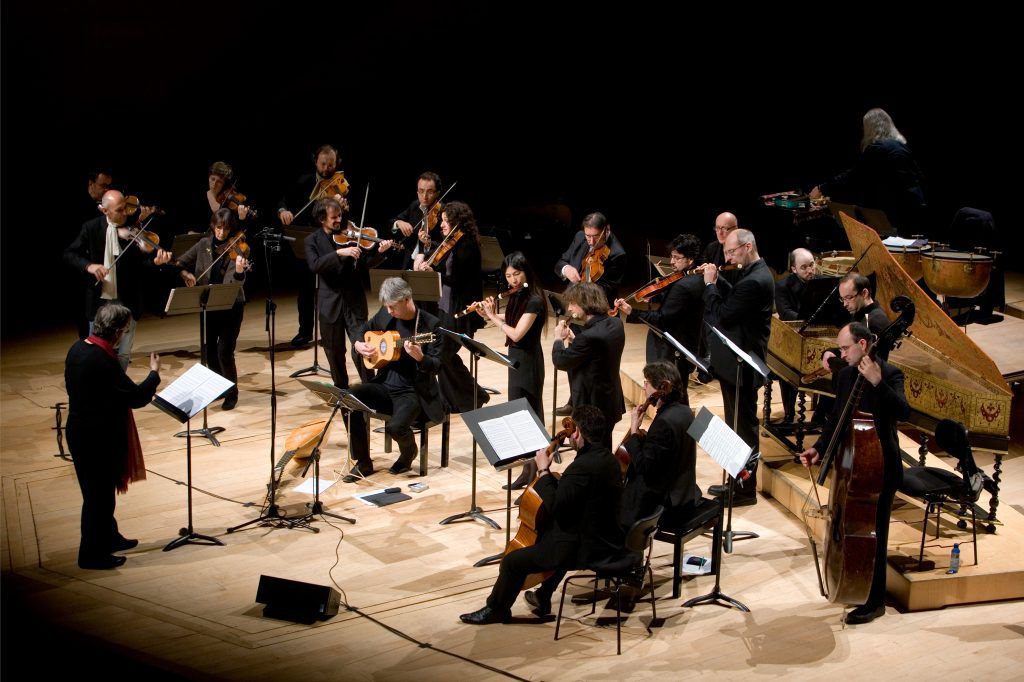
The Concert of Nations is an orchestra created by Jordi Savall and Montserrat Figueras in 1989 during the preparation of the project Canticum Beatae Virginis of Marc Antoine Charpentier, in order to have a formation interpreting on period instruments a repertoire which would go from the Baroque period to Romanticism (1600-1850). The name of the orchestra comes from the work of François Couperin Les Nations, a concept representing the meeting of “musical tastes” and the premonition that Art in Europe would forever imprint its own mark, that of the Age of Enlightenment.
Directed by Jordi Savall, The Concert of Nations is the first orchestra bringing together a majority of musicians from Latin countries (Spain, Latin America, France, Italy, Portugal, etc.), all of whom are remarkable specialists of international level in the interpretation of early music on original instruments corresponding at the time and according to historical criteria. From its beginnings, the orchestra has shown a desire to make known high quality historical repertoires through interpretations that strictly respect their original spirit, while working for their revitalization. For example, let us quote among the numerous recordings, those of Charpentier, JS Bach, Haydn, Mozart, Handel, Marais, Arriaga, Beethoven, Purcell, Lully, Biber, Boccherini, Rameau or Vivaldi….
The Concert of Nations will also address the genre of opera and the titles are numerous. The confinement will have deprived us here of Il Teuzzoneby Vivaldi, which was to be performed in a semi-concert version.
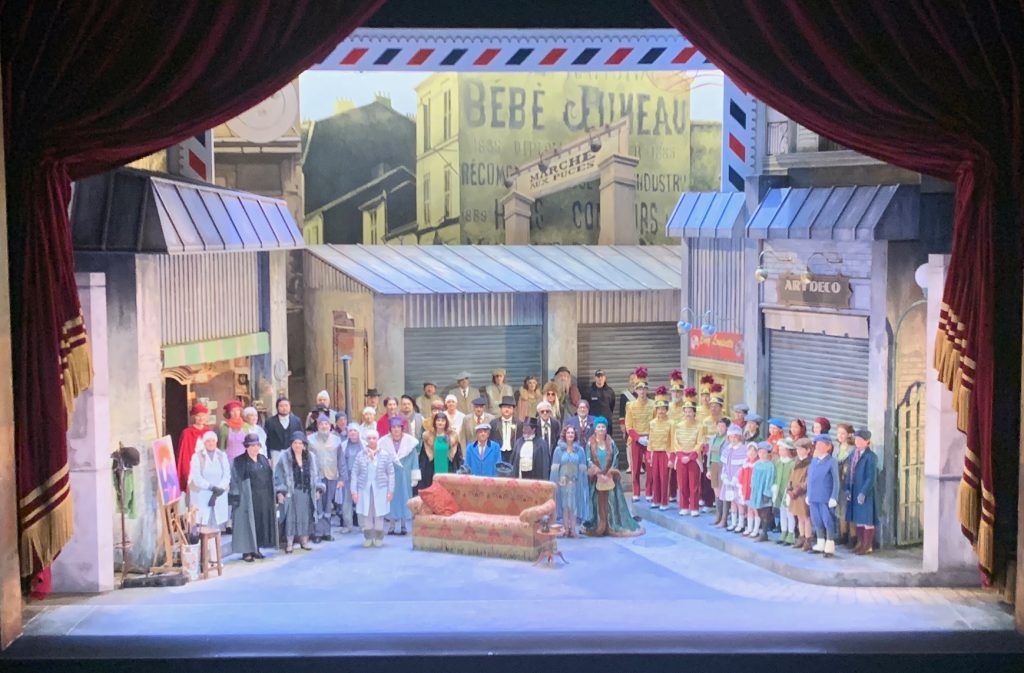
the Weihnachtsoratorium Where Christmas Oratorio, BWV 248 is an oratorio in six parts or cantatas for four soloists, soprano, alto, tenor (this will be the Evangelist) and bass, the choir and an instrumental ensemble. It was written to be given during the six feast days in the Christmas period, namely, Christmas Day, the two following days, New Year’s Day, Sunday in the octave and on Epiphany from 1734-35, in Leipzig and this, in two churches, Saint-Thomas and Saint-Nicolas. The parts are given separately and the soloists like the chorus intervene in each one.
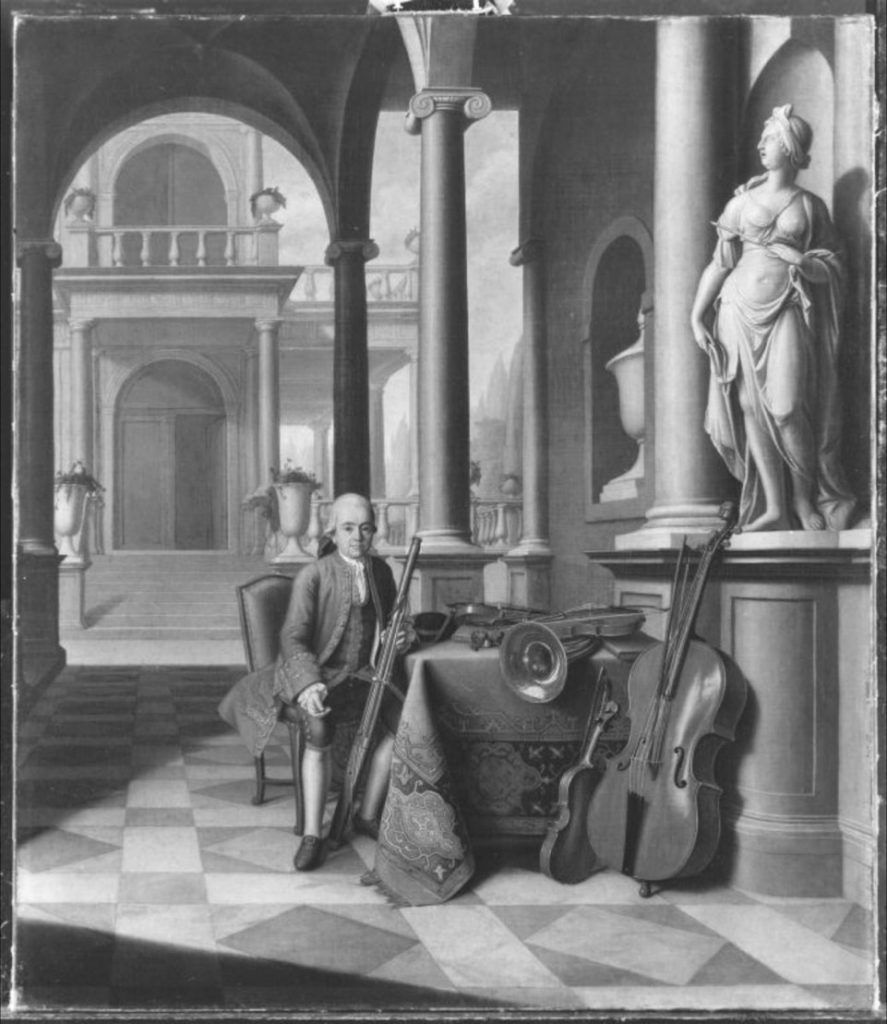
Note that the orchestral staff includes: two transverse flutes, two oboes, two oboes d’amore (oboe d’amore), an English horn (oboe da caccia), a bassoon, three trumpets, timpani, four violins I, four violins II, violas and cellos in pairs, a double bass, organ and harpsichord. Let’s keep in mind that then, if we wanted music, we had to… make it! Until the 18th century, the German Empire did not lack musicians. On the contrary, it is covered with “mastersingers” and “troubadours”, princely courts and others, with their orchestras, or small formations merrily mixing master and servants. So what is this country missing to wake up? It is a liberator, a Messiah, a new Moses who would guide him: a musician who would finally create German art. It will be Johann Sebastian Bach.
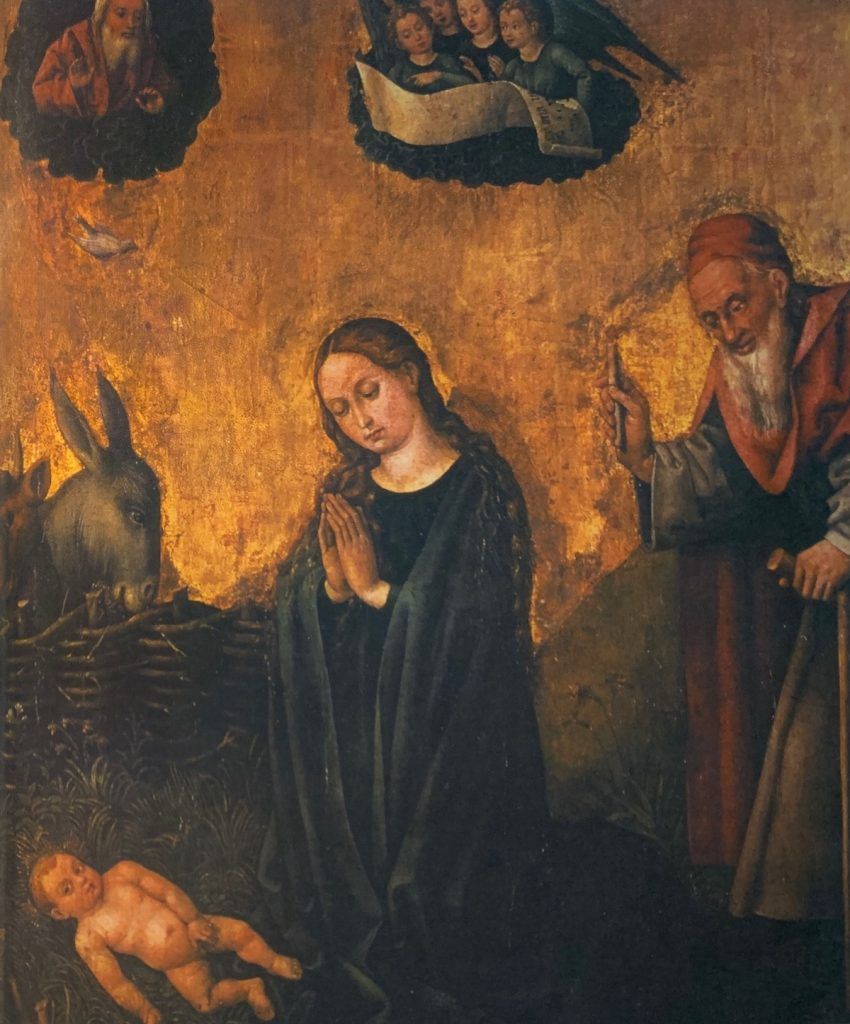
Just like in the other two oratorios, Easterand of Ascension, JS Bach makes extensive use of the technique of parodying secular cantatas in his method of composition, such as BWV 213 and 214, those respectively written for the birthdays of Prince-Elector Friedrich-Christian of Saxony and Princess Maria Josepha. Let us know that then, the use of parody is a customary fact of most musicians of this first part of the 18th century and this, throughout Europe.
By incorporating elements taken from secular works within a vast liturgical whole, Bach gives new life to compositions originally intended for a single and unique occasion! Once again, let’s forget that there is nothing to record! Thus, the parody consists only in passing from the commemoration of a powerful here below to the birth of an Almighty. With the Mass in B minor, the Oratorio score has the most. Let us note that Bach intervenes of course on the orchestration and the phrasing. We are not copy-pasted. A slip skillfully operated by a certain Christian Henrici known as Picander, unless it was simply Bach himself! these texts will be added to the Scriptures of the Gospels of Luke and Matthew and to the sixteen chorales in total.
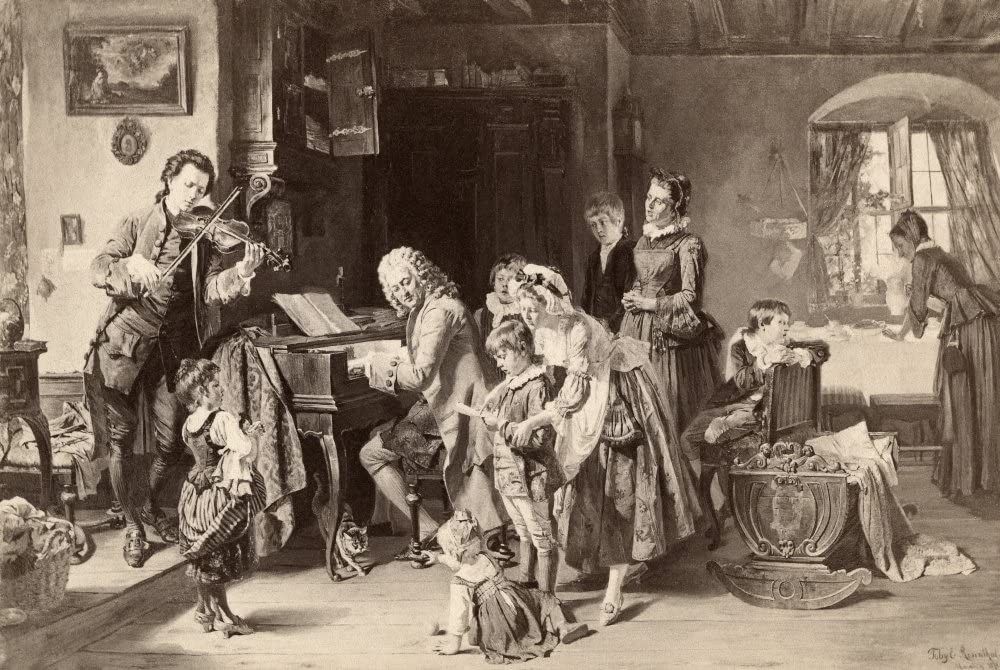
Without going too much into details that would require an encyclopedia!! note that Bach would have composed, it seems, only two original pieces of importance in the first four parts, namely, the Sinfonia which opens the second and a Air in the third…! But, we are not sure that they did not exist before in a simply lost work. This sinfonia which opens the cantata written for the second day of Christmas is one of the most beautiful pieces of theOratorio : a pastoral symphony, a musical painting of the angels who appeared to the shepherds praising God.
Except in the tender Second Cantata, the tone is rather joyful and festive. This is quite normal, the celebrations surrounding the Nativity of the child Jesus being among the happiest in meaning and in hope of all the Christian ritual. Bach finds there an exceptional nourishing force and whatever the reuse of old scores, he creates there, music of radiant vitality perfectly adapted to the symbolism of Christmas. And although fragmented, it is indeed one and the same story, that of the birth of the child Jesus which begins with the census of Bethlehem and ends with the Adoration of the three Magi. But it was not designed to be executed in one piece.
We would love to give thanks to the writer of this post for this amazing material
Jordi Savall is back with the Christmas Oratorio
You can view our social media profiles here as well as other pages on related topics here.https://nimblespirit.com/related-pages/

